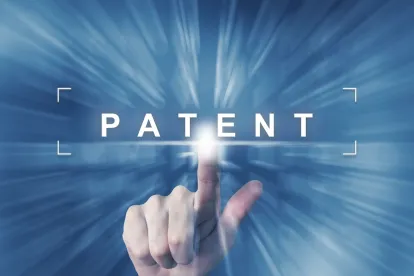Some inventions operate in a recursive or iterative manner. This could be so of a machine that repeats actions or functions on a single article or to produce multiple articles, or operates on data.
Software-based inventions, with computer programming sometimes execute recursive or iterative algorithms. Even so, claiming for the invention might not need to invoke recursion or iteration, as the point of novelty might involve a characteristic or a function itself, and the repetition of that series of actions or functions is a necessary for the novelty. In that case, it may suffice to mention recursion or iteration in a dependent claim. Or not, if it really isn’t needed.
But, what if the recursion or iteration is important to the point of novelty? How could that be represented in a claim, without the claim becoming overly complex and wordy, or worse yet, the claim resembling a software listing? Below is a handy template for a claim that can be written compactly and elegantly, focusing on the recursion or iteration.
[Independent claim] 1. A method of [performing a function], performed by [a machine, possibly a computer-based machine], the method comprising:
[some preliminary action, introducing input(s)];
proceeding, starting with the [input(s) or initial value(s) or state of the machine], to [perform a function] in an iterative or recursive manner, with [some intermediate parameter value or machine state] acting as a [initial value or state of the machine] for a next iteration, until [some condition is satisfied or a result is produced];
and
[some later action, making use of the result, output or end-of-iteration or recursion final state of the machine].
Claims written with the above template capture initial values, iterative values and results in the context of an iterative algorithm tied to a machine (which could be a computing machine of some sort, for computer-based algorithms). Variations on this can be written for tangible media and for system claims. This approach should pass muster for arguments and subject matter patent eligibility under 35 USC §101, because the algorithm and presumably tangible result are inextricably tied to the machine that is executing the algorithm, so that a computer is not a mere field of use limitation.
Takeaways:
– Decide whether recursion or iteration is important to the novelty of an invention.
– If so, figure out what are the inputs, outputs, intermediate values or states that should be captured in the claim.
– The template provided above can be adapted for method, tangible media and system claims involving recursion or iteration as part of the novel functionality of a mechanical or computing machine.
– Emphasis on a useful result, and the necessity of the machine operating in recursion or iteration, in the claim is a vital part of this strategy.




 />i
/>i

